Welcome to the Netherlands! As you know, the Dutch get around on two wheels more than they get around on two legs.
We know you’re ready and rearing to join the bike club, and that’s why we’re bringing you the ultimate bike purchasing guide to help you with buying your first bicycle in the Netherlands.
See, with more bikes than people in this tiny lowland state, it means that some of them are of questionable quality.
In fact, they can easily become the bane of your existence. Dodgy gears, dropping chains, squeaky brakes, and flat tyres are all things that can hamper your bike-riding experience.
Choices to make when choosing your bike
Bikes in the Netherlands can differ pretty wildly — so how do you know which option is the one for you?
Do you want a male or female bike?
For a start, bikes have genders: male or female. But never fear because, in this analogy, bikes swing both ways.
A male bike features a bar that runs parallel to the ground and can be a little more difficult for women to swing their legs over. On women’s bikes, this bar typically curves toward the ground.
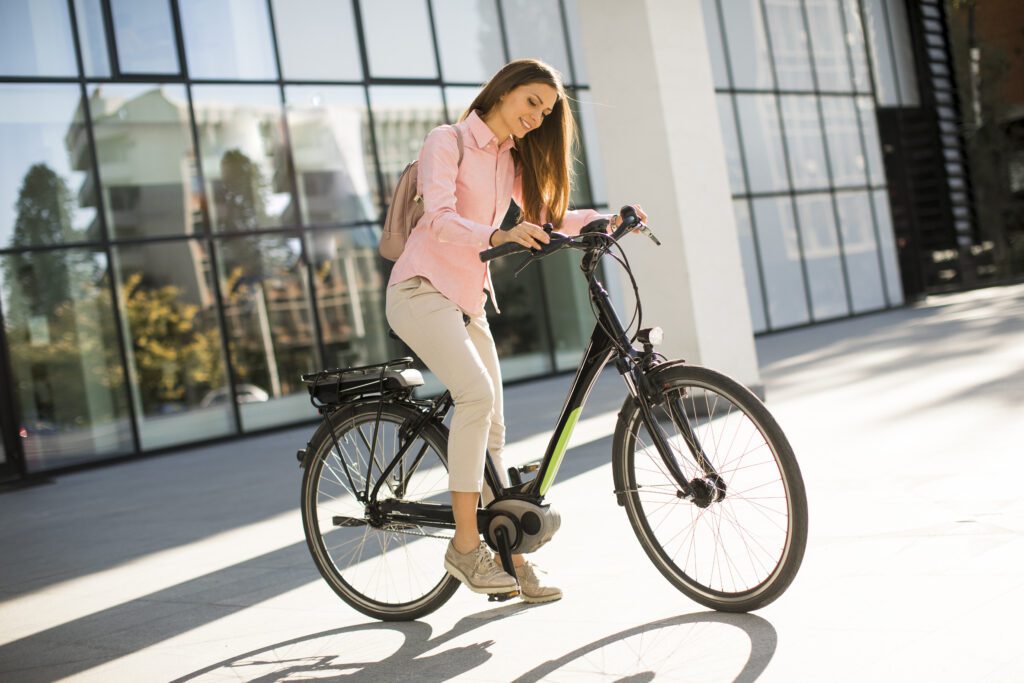
However, whether you choose a male or female bike is a matter of preference — not your gender.
Women almost always choose a women’s bike. Men sometimes choose a men’s bike, sometimes a women’s bike.
The reason for this could be that there is more choice in women’s bikes, getting on is easier, and if you share your bike with a woman, this is also more practical.
Which type of brakes do you prefer?
Brakes are another point of difference. Do you prefer hand brakes or pedal brakes? A pedal brake requires you to move the pedal in a reverse direction to slow down.
Still, some people feel uncomfortable with this if they’ve used hand brakes their whole life.
READ MORE | Dos and don’ts of riding a bicycle in the Netherlands
With hand brakes, you squeeze two levers on the handlebars to brake. One side of the steering wheel’s brake controls the back wheel, and the other the front.
However, you almost always use them together to avoid popping up on one wheel.
A pedal brake is the most common option for internationals. Students often buy bikes with pedal brakes because they are cheaper.
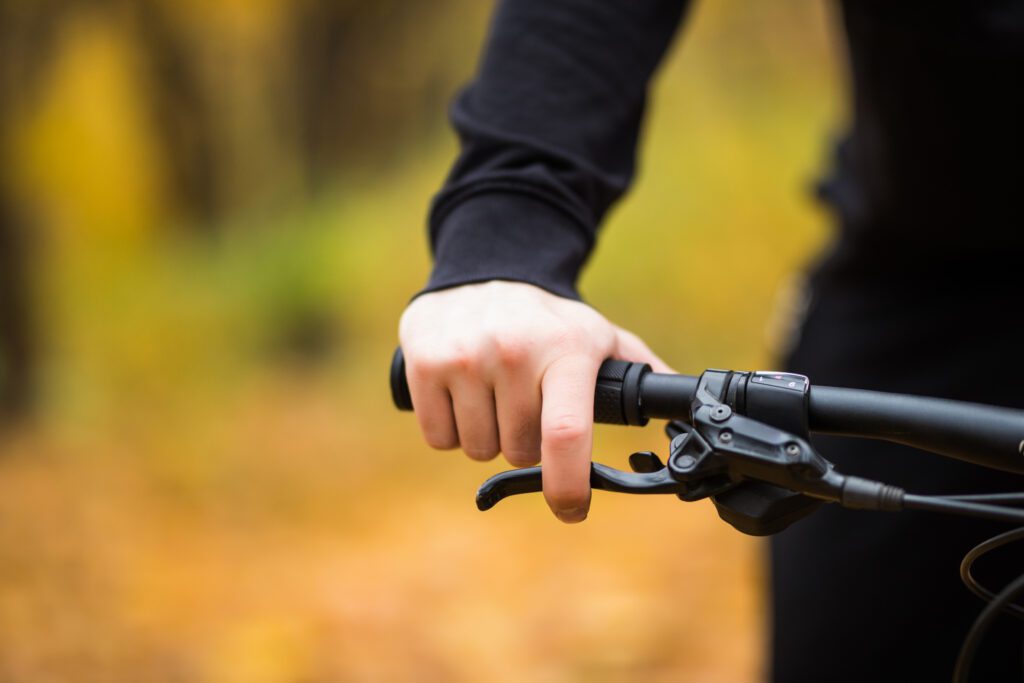
Additionally, hand brakes have a lot of cables which easily break in bike sheds. More breakages equal more money in maintenance.
Which type of gear do you want?
Many bikes are “fixed-gear” — meaning they have just one gear. This makes them easy to ride if you’re nervous about the mechanics of gear changes, but it can be a bit more tiring on the rare Dutch slope.
Gears are handy, especially if you have to cover long distances — but, don’t go all out when buying a bike with gears.
Unless you’re planning on riding to the next country or completing the Tour de France, three gears will do you just fine in this notoriously flat land.
What size do you want your bike to be?
Some bikes are more adjustable than others. Make sure you can adjust the bike so that you can be fully comfortable.
Tip: The seat needs to be at the same height as your hip. If you then sit on the bike and put your heel on the pedal at the lowest position, your leg should not be completely stretched.
Check it out before you start to mount
To find out if a bike is even worth a test ride, it needs a good look first. You should check:
- Whether the tyres are buckled
- Whether the brakes functioning well
- Finally, see if elements such as the mudguards are well-secured
If you’re buying a cheap bike, you must be prepared for some rust spots or lights that don’t work. If you want something a little shinier, you may need to raise your budget.
READ MORE l Meet Upway: the new online marketplace for refurbished e-bikes (that won’t make your wallet cry)
However, take note: bikes say little of class in the Netherlands.
Almost all students ride around on rust buckets without an inch of embarrassment or self-consciousness. It’s just easier — especially because most people have had their bikes stolen at least once.
Test ride to find your stride
Before splurging the cash, you should always take a test ride. Make sure you feel comfortable on the bike, test whether the brakes are working properly, and test the gears (if the bike has them).
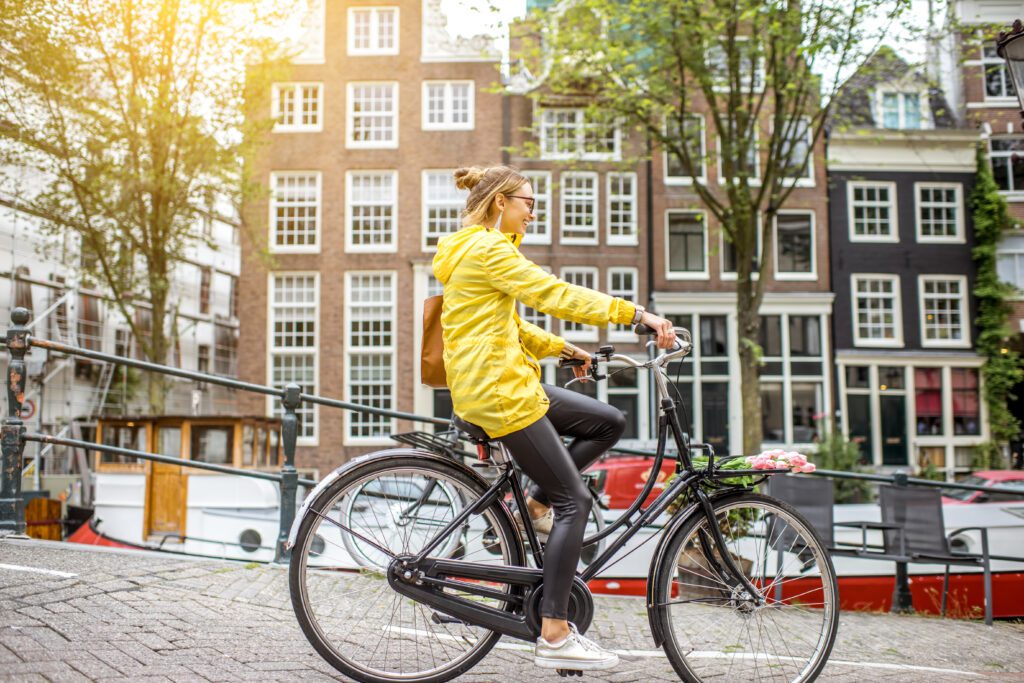
Sometimes, the seat and/or handlebars will need adjusting. Check if the cycle crank is nice and smooth, too.
Using your ears while on your test ride is also important. You have to listen to hear if everything is secured properly — make sure you don’t hear anything rattling.
But the most important part of your test ride is how you feel. A good bike will make you feel like the best two-wheeled extension of yourself possible.
Remember: never buy a second-hand bike if it doesn’t ride comfortably. If you feel like anything less than a unicorn on a segway zooming through a field of flourishing daisies, it’s time to say doei to that bike!
Price is a roll of the dice
How much should you spend on your first bike? That’s a hard question. It’s best to weigh up a few variables: how much you will use it, what distances you will cover, and where you will store it. Why? Bikes tend to get stolen.
READ MORE l 7 reasons why wielrenners (lycra bikers) need an intervention
Students are often the victims since they tend to park their bikes outside, which increases the chance of getting their bike stolen — which would suck if you just bought a brand new one.
If you use your bike to commute and therefore have a safe space to park it, you can decide to spend some more money and buy a better ride, or even a brand-new bike.
Lock and key doesn’t equal theft-free
Even though your bike may be your baby, your best friend, and your banging ride for picking up lekker chicks, you can’t get too attached — because bikes don’t often stay attached to their locks.
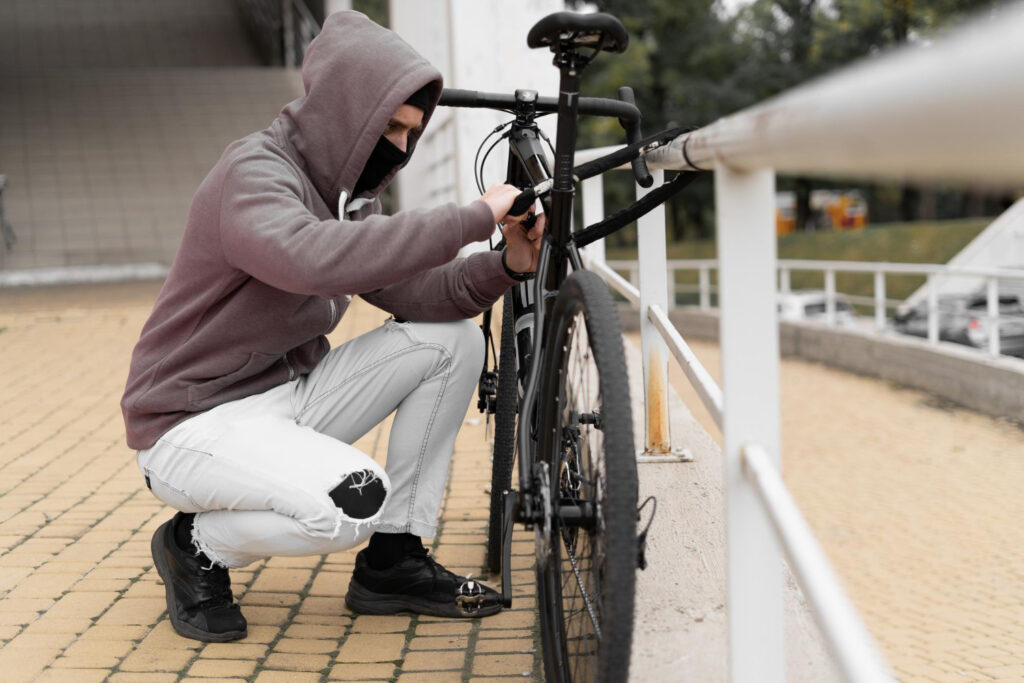
No matter how devoted and faithful you are to your bike, it may just end up being the town’s bicycle.
It is estimated that about 735,000 bikes were stolen in the Netherlands in 2021. Almost every Dutch person has had a bike stolen from them, and realistically, they’ve probably stolen one too (the Dutch were always good at trade). 👀
READ MORE l Take it from a former thief: this is how you can prevent your bike from being stolen
But don’t be too discouraged, there are a few things you can do to try and stall fate:
- Lock your bike with a permanent lock on the bike frame and a good additional chain lock
- Wrap your chain lock around a tall pole or rail, then through the back wheel through the spoke where the air valve is. (This increases the chance of breaking the valve when trying to steal it, which leads to a flat tyre.)
- Your best chance for a safe bike is to lock it in a secure area. Many cities offer free guarded undercover bicycle parking for the day, so take advantage of these!
If you’re itching to find your next two-wheeled companion, quit reading this article and get going! Have any questions? Drop them in the comments below.

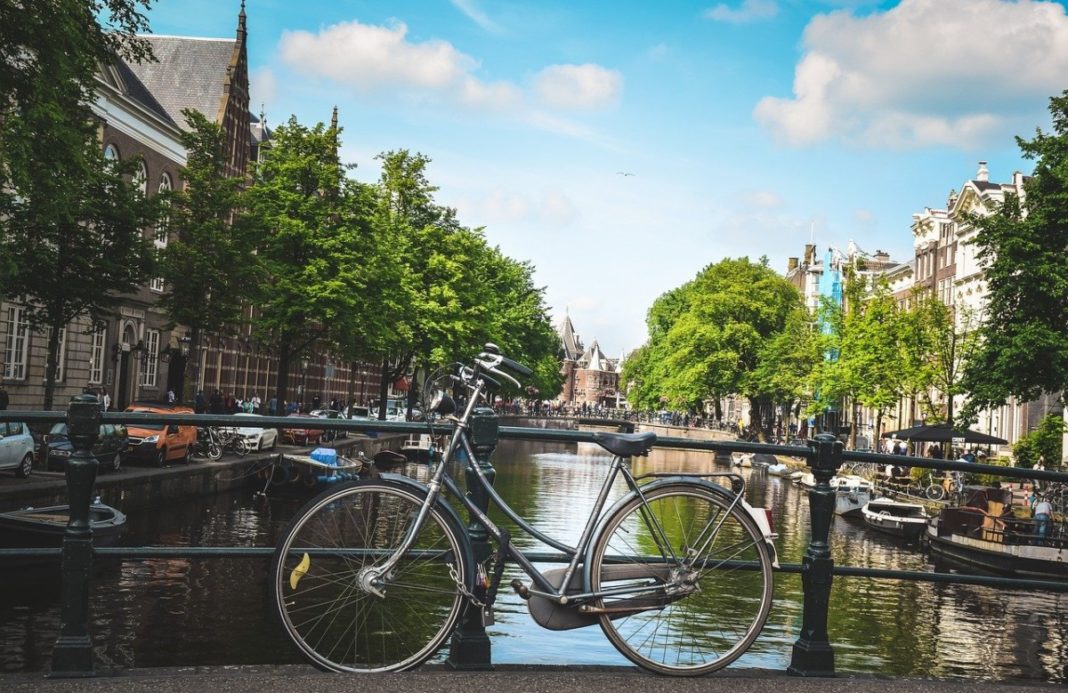

i Wish my interest might yield a positive motive, to get a bike for opportunity gift and export to Nigeria, as ransom.
My best memories of the Nederlands was riding bikes in Limburg. So much, I purchased a Dutch bike for California. Problem now is repairs. Can you suggest a good do it yourself method for a non Dutch speaker? Any help would be greatly appreciated.
Another good way to get a bike is to try out shared mobility. They are super convenient and cheaper than most public transport. I recently tried to the e-bikes in the Hague by a company called Bondi and it was a great experience and the best part was that I got to try out e-bikes for cheaper than their market price (around 0.24 euros per minutes) so personally, that helped me get around the city better and experience the biking culture as I recently moved to the Netherlands